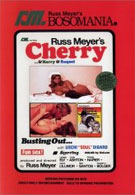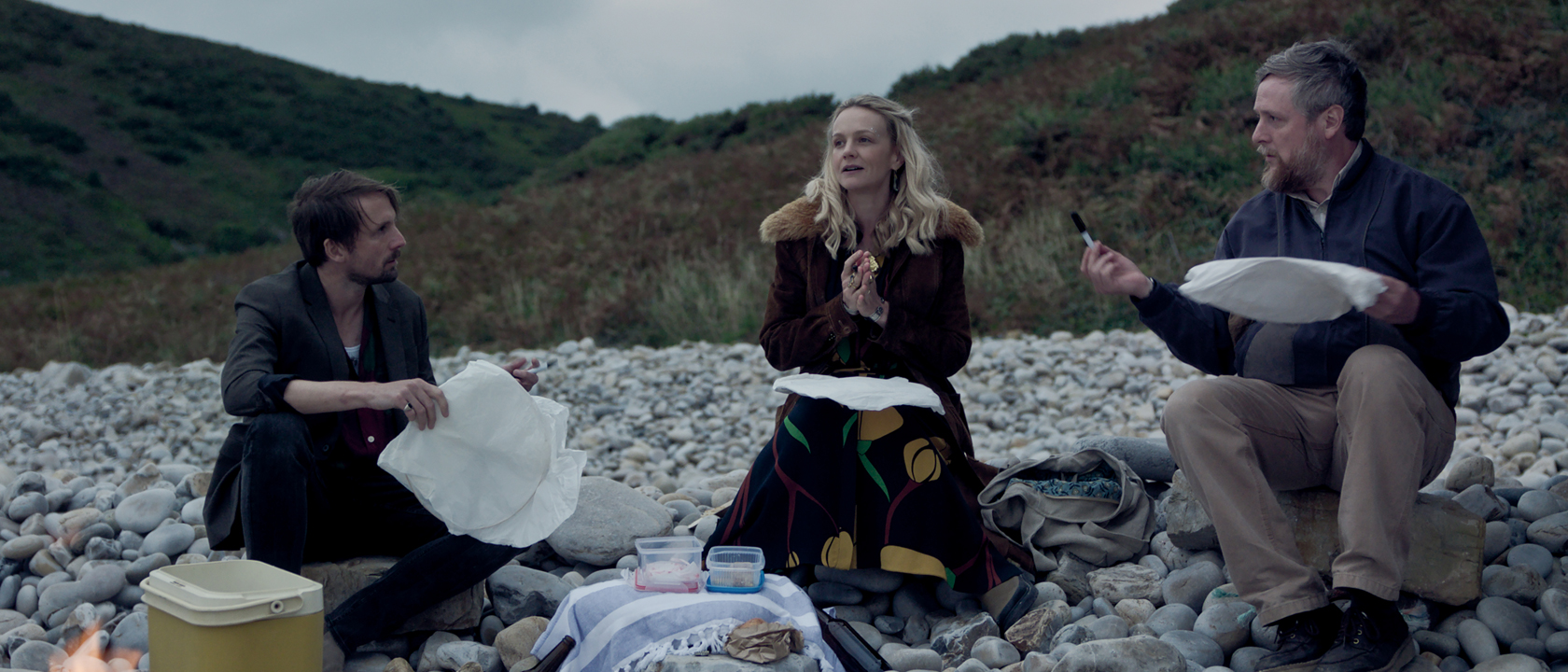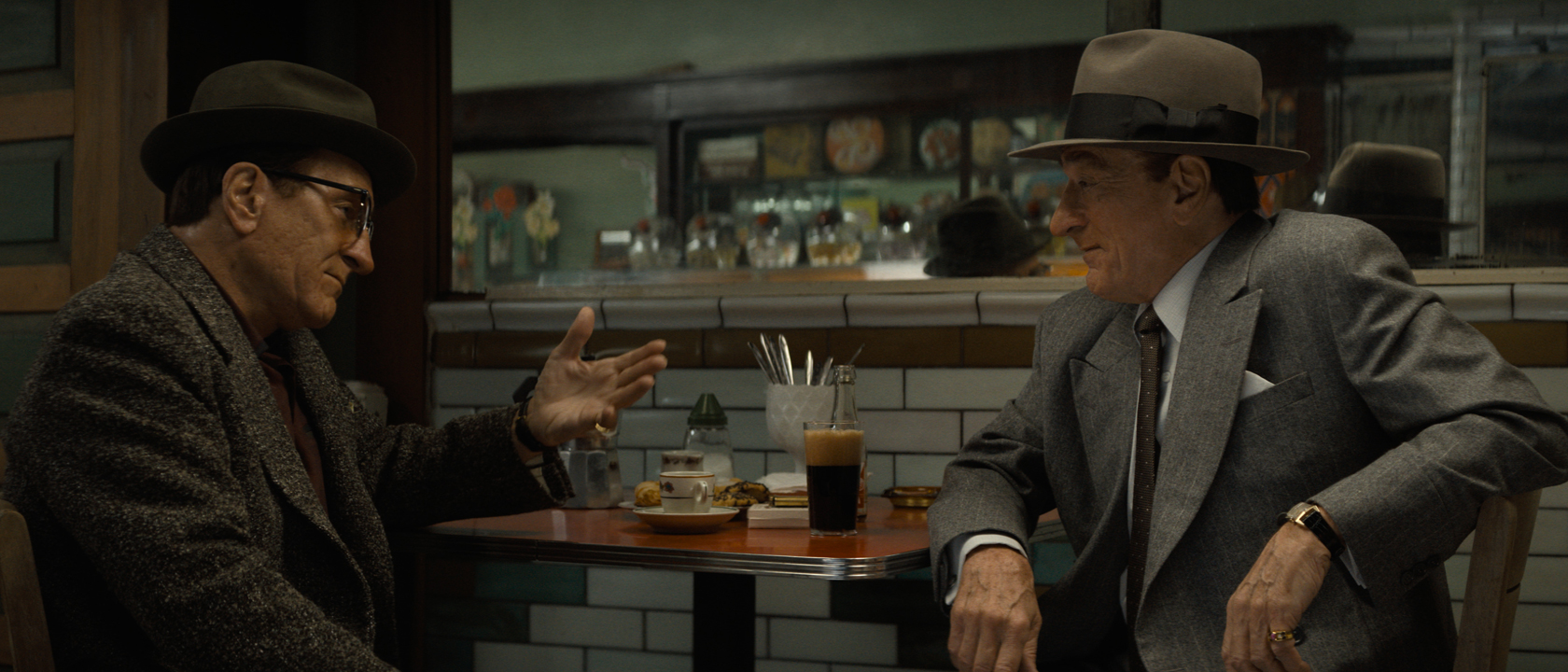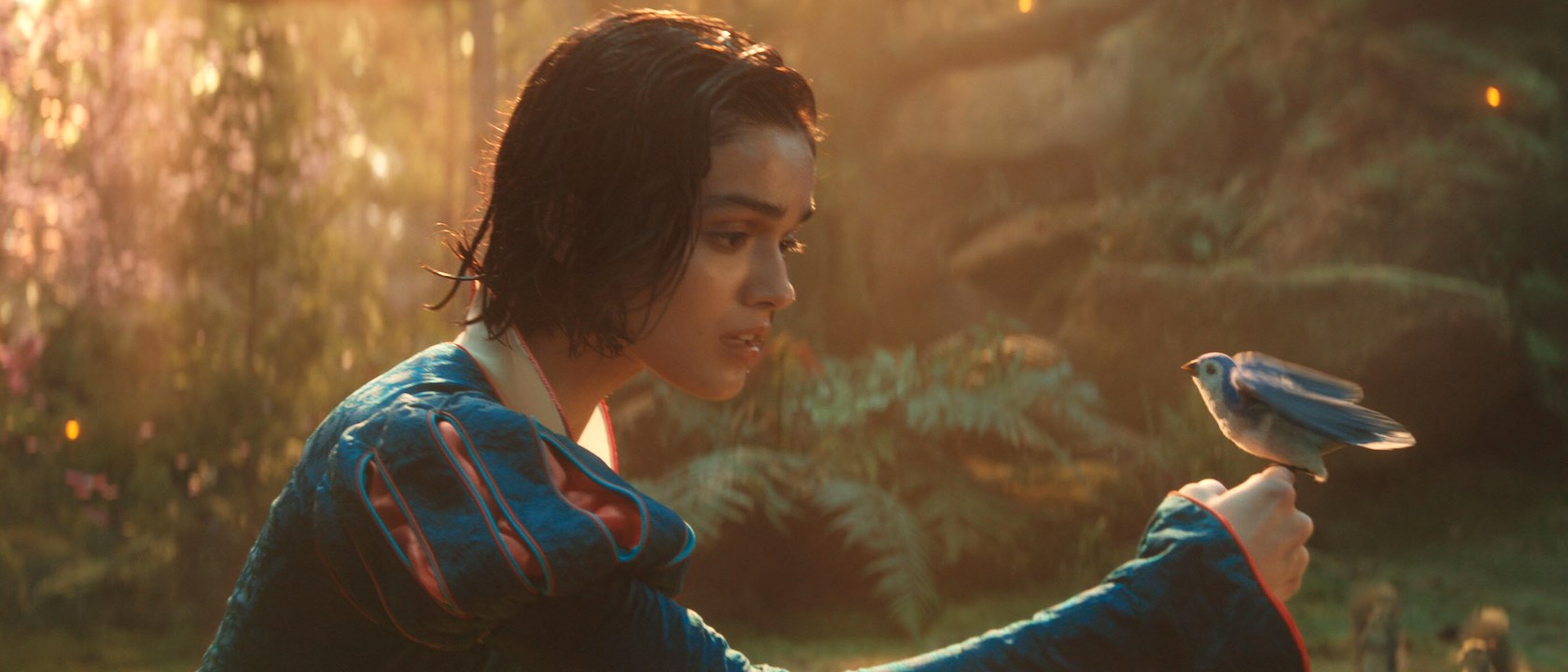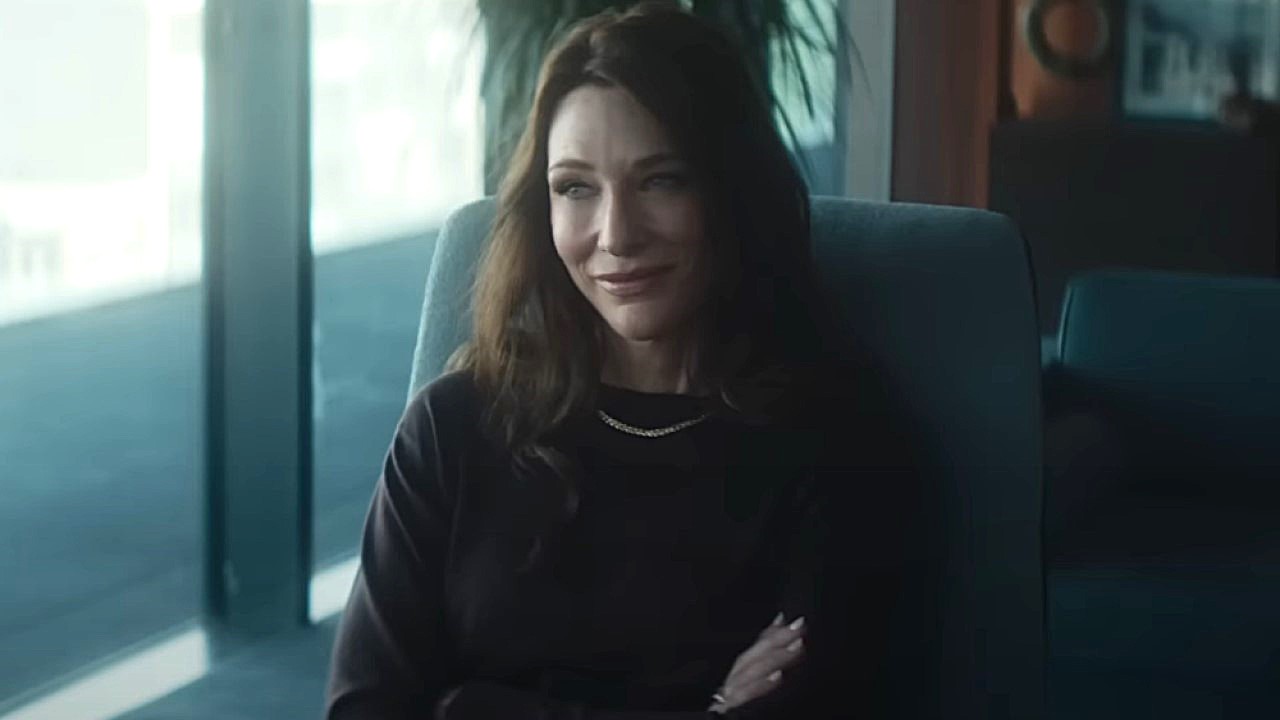“Cherry and Raquel. Byproducts of our society, pretty toys to play with, superficial in their makeup but so necessary to our way of life.” Russ Meyer turns Don Siegel’s Coogan’s Bluff into sexploitation, loses a reel or two due to a lab mishap and ends up producing one of his very best films. A tight 71 minute Meyer Montage of phallic rock peaks, wild action and his signature bosomania, Cherry... is an important final step towards the realization of his pop masterpiece, Beyond the Valley of the Dolls.
The script is ostensibly by someone named Tom Wolfe. This is not the “Electric Kool-Aid” guy but one of Meyer’s old war buddies Tom McGowan using a pseudonym. It really doesn’t matter who wrote the screenplay since Meyer makes it all his own onscreen and adds the characteristically purple narration on top himself. If you’ve never seen a film by Russ Meyer, you are missing some of the most breathtaking pure cinema ever produced. The man is like a living breathing libido unleashed onscreen. All other movies will seem to be slowly paced in comparison.
Cherry, Harry & Raquel is all about Harry (Charles Napier), the Sheriff of a Mexican border town who runs drugs (“MARIJUANA, the mind bending narcotic!”) for the powerful but bed ridden Mr. Franklin (Franklin H. Bolger). He’s aided by his marginalized and lazy deputy Enrique (Bert Santos) and challenged by the mysterious “Apache” (John Milo) who is attempting to move in on their market. While trying his best to ignore his duties (and the plot), Harry beds down with two very interesting young ladies, the British nurse he lives with, Cherry (Linda Ashton) and the blonde hooker who also works for Mr. Franklin, Raquel(Larissa Ely). Since this is Meyer’s fantasy, the two women know all about each other and do not mind sharing Harry. In fact, they have their own plans to “get together” soon.
In the middle of these shenanigans, Meyer stages several incredibly well shot and edited action scenes that rival the work of his contemporaries, Siegel and Peckinpah. These scenes look like something from a really great action movie but Meyer quickly jumps forward to some breasts lest you think he’s gotten over his fetish. There’s only about 10 minutes of plot here, the rest is a whirlwind of images depicting violence, red paint for blood, automobiles, chases, and a healthy appreciation of the female form. The film is so frenetically edited that the “Apache” often appears to be a subliminal villain, appearing at the edges of the frames. You will not be bored.
The missing reels supposedly “explained” what the hell was going on but since nothing really seems to be going on I cannot imagine what it explained. Meyer replaced the missing footage with scenes featuring the well endowed Astrid Lillimor (actually Meyer favorite Uschi Digard) as “Soul” who appears to represent many of the characters symbolically in scenes that are completely abstract. The best of these features her resting her breasts outside a swimming pool next to a shirtless Meyer himself who is making some kind of deal on the telephone. I get the sneaking suspicion that Meyer never lost any footage and just crafted that anecdote to explain how he padded a really short feature.
Few filmmakers other than Meyer ever had a clue as to what makes cinema unique as an art form and though his subjects were often sophomoric by choice, his filmmaking was nothing short of brilliant. Combining Eisensteinian theories of montage with his experiments with long time cutter Richard Brummer, Meyer created an inimitable style that allowed him to tell stories in a more freeform, free associative manner. There is a mad compression of time as scenes are cut to seem natural and yet omit all unnecessary action. Supposedly Meyer had a thing about people blinking onscreen and cut away whenever he caught someone blinking. In any case, scenes appear in which a guy starts to unbuckle his pants, followed by a brief cutaway and then to the now completely naked man getting into bed. All in about three seconds flat while the dialogue flows over everything nonstop. There is no pacing in Meyer films, only pace: Faster and Faster, baby.
In his first major role, Charles Napier shows what a great movie star he could’ve been had he had a few more breaks. Meyer claimed that he had “seven more teeth than Burt Lancaster” and maybe that was six too many. He looks like a living breathing snarling cartoon character, a caricature of a tough guy action hero and a perfect protagonist for the Meyer world, where everything is more than a little hyperbolized. Napier would find success in Hollywood throughout the ‘70s and ‘80s in films like The Blues Brothers and Rambo as well as almost every film made by Jonathan Demme, including a great death scene at the hands of Hannibal Lector in Silence of the Lambs. But he would also stick it out with Meyer as well returning for a very memorable role as the villainous “Harry Sledge” in Meyer’s 1975 film, Supervixens, sort of the evil doppelganger of his free lovin’ Sheriff in Cherry.
Meyer would basically peak with his next film,Beyond the Valley of the Dolls for a major Hollywood studio, 20th Century Fox. His soft core sexploitation would then be put out to pasture as hard core films funded by organized crime would move in and change the landscape of the genre. Meyer’s films were never vulgar and would today be most likely released with an “R” rating. They were basically live action “nudies” featuring large doses of satire and cartoonish violence. Meyer tried to keep his hand in throughout the ‘70s with the shining example of Supervixens in 1975, but it was basically over. The market was gone. Cherry, Harry, and Raquel is available on DVD through Russ Meyer's appropriately named Bosomania label.
The Fantastic Four: First Steps Director Thankfully Didn't Rely Solely On Motion-Capture To Bring Galactus To Life, And I Couldn’t Be Happier With This Approach
Wait, Is Cate Blanchett Planning To Retire From Acting? Here’s What The Actress Says
If You Like Drop, There's Another Real Time Thriller You Need To Watch Immediately
